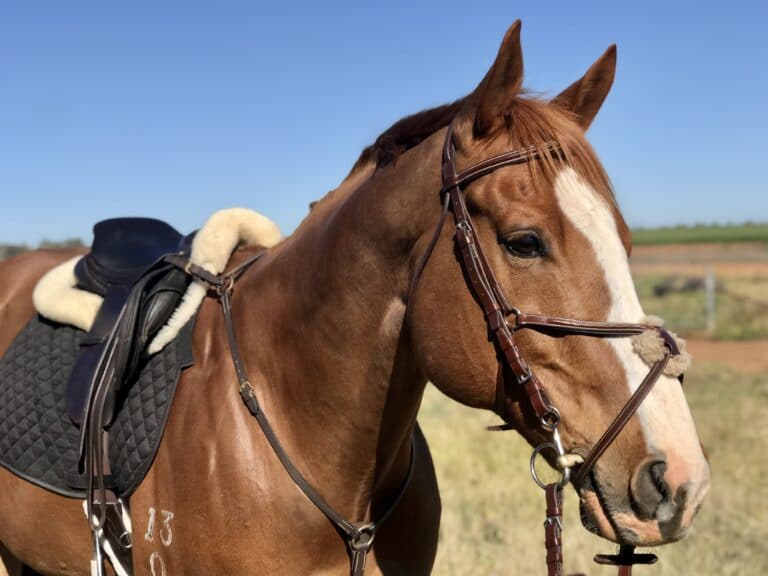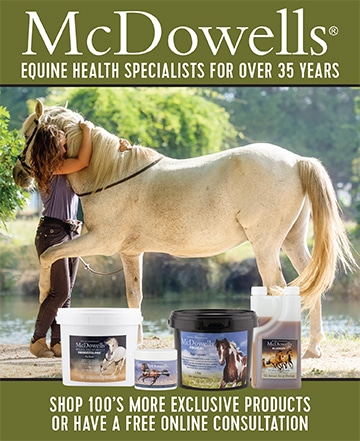Off the track thoroughbreds are incredibly versatile and being part of the retaining process can be really rewarding. While some may have barely started their racing career before finding a new calling, others may have spent several years on a racetrack and will need to go through more of an adjustment to take to their new life.
With this in mind, it’s important to recognise just how different life in a racing stable can be. Individual stables will differ in their day-to-day operations, but it’s worth remembering your horse may be going through some major changes in diet, exercise, and daily routine. Keeping your expectations realistic will help ensure your horse has a better transition into their new career.
Daily routine
Busy racing stables can manage large numbers of horses. Although your horse will have been tended to regularly and worked almost every day, they may not have had the one-on-one attention that leisure horses are used to, such as being thoroughly groomed. They may be used to a very structured day that sees them fed, worked and handled at the same time without fail, and often by the same person.
Their diet probably consisted of large hard feeds, probably with high grain contents, with forage making up a much smaller portion. With this in mind, it’s important to rule out gastric ulcers and ensure your horse has a proper let-down from racing when they retire. Don’t underestimate the small things either – some horses may only be used to cross ties, or may be more used to travelling in a truck than a float.

Exercise
The terrain your horse was exposed to will depend on what the racing stable could access. Metropolitan horses may have been primarily excised on a flat, well-maintained racetrack, with other work on a horse walker or in a pool. Other stables may have more scope to work the horses on varying surfaces, such as at the beach or in sand, but it’s unlikely that your horse has had to dodge rocks, go up and down banks, or pay any real attention to their footwork. Don’t be surprised if your horse is unsure what to do when taken out on the trail for the first time.
One-sidedness
The experience and ability of exercise riders can range between stables, so while some have a background in pony club or performance horses, others may not have had access to formal riding lessons. As a result there can be a marked difference in the level of education a horse can have when it retires from racing. Some horses may already be used to working in a consistent, light contact, while others may have spent significantly more time working on one rein and may struggle with picking up canter leads or being ridden on a different trot diagonal. Improving strength and balance will not happen overnight, so be patient and realistic when it comes to working on your OTTB’s way of going under saddle.
Patience
Watch the mounting yard at any racetrack and you’ll see how quickly the jockey is tossed into the saddle while the horse continues to parade in front of the crowd. Your horse may not have ever been asked to stand still for longer than a few moments with a rider on his back and has probably spent more time ridden at a canter than a walk. Standing still can be a real challenge for some horses, but taking the time to have your horse relax when being mounted and stand around on a loose rein will help set the tone for the rest of your ride, and will make life a lot easier when you’re required to stand still during lessons or at events.

Socialisation
The type of racing stable your horse has come from will play a part here, but there are many horses that may only be used to being stabled 24/7 with little chance to interact in a herd environment. Others may be used to always travelling or being worked with at least one other horse, and so may display separation anxiety if they are left alone. Acknowledging the environment your horse has come from will help you set reasonable targets during the retraining process to ensure your horse has a smoother transition into their new career.


